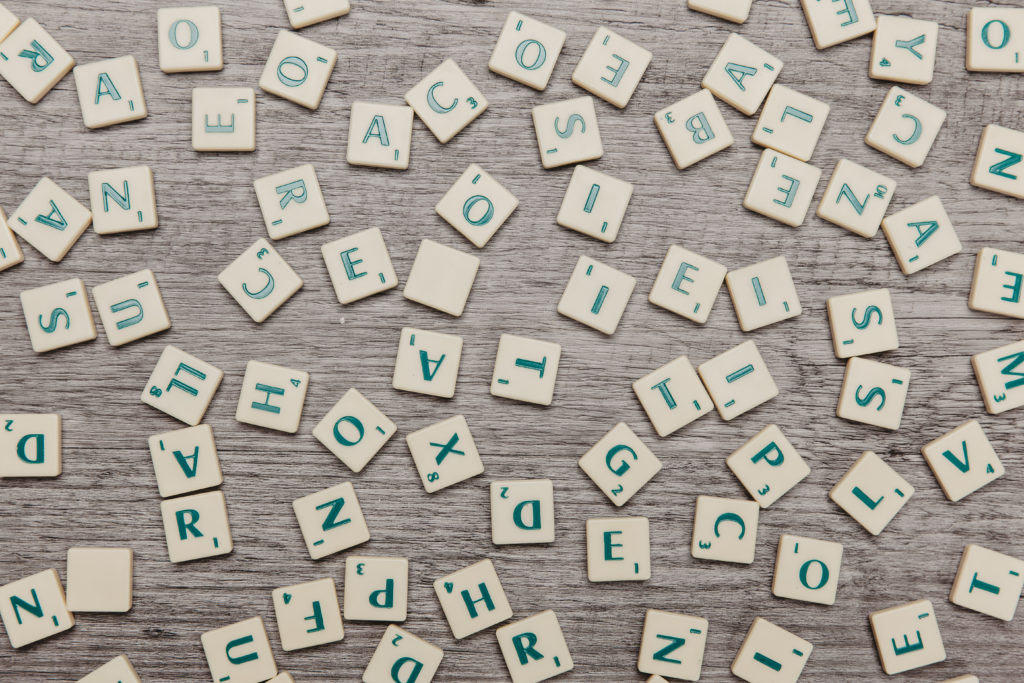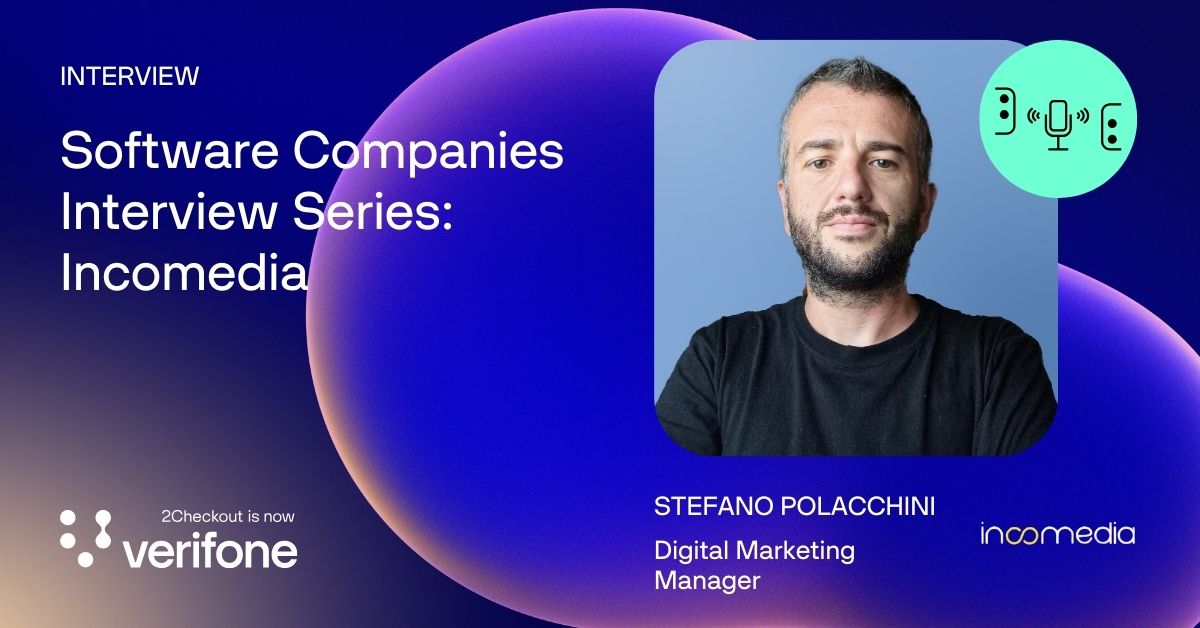How many ads do you click on? Only a few of them? Have you ever wondered why? If you ask some copywriters, they will tell you that if the copy is not so great, the message will not catch your attention, which means you won’t click on them. And they are right.
Headlines are important. Headlines are especially critical when your goal is to gain leads. Attention-grabbing headlines draw in your client audience and motivate them to read your message. And this is essential for your business.
A headline can consist of anything: a line from an ad’s copy, an email’s subject line, or a blogpost’s title. Knowing how to formulate these in the most effective way is essential throughout your marketing activities.
Why is the headline so important?
In advertising, they usually say that a good headline could be worth 90% of your advertising budget. Is that so?
The truth is that a single word can impact an entire campaign. You can test and measure that now; there are a lot of tools you can use as a marketer to measure if a headline is good or not.
I have seen emails where altering a single word in the subject line increased the click-through rate by almost 100%. Let’s do some math now. If you are the initiator of an emailing campaign, and you have to send your message to one million users, you can get 110,000 clicks or 270,000 clicks. Obviously, the last number is a more appealing target, isn’t it? This is the kind of significant difference that can dramatically impact your campaign. And if we go back to where we started, it was the difference of just one word.

A potential client reading your message could become an active client. If your headline is boring, you could lose that potential client even after spending money to attract him to your newsletter, your website, your blog post, or any other message you wrote. A potential client who is bored by your headline will go elsewhere, lost for at least a period of time. He may come back to you if you deliver catchy headlines next time, but it is likely to require some effort to get his attention again.
So, take the time to make good headlines so you can get the attention of (and increase) your audience. But how?
How to write good headlines
The first rule of copywriting says that your headline should be so good that the reader is captivated enough to read at least the first sentence of your message.
That is why the headline should be concise, relevant for your audience, unique, but also specific, useful, and to able to generate some kind of urgency. You have more to think about, in my opinion, than the 4U’s of the copywriting bible (Urgent, Unique, Useful, Ultra-specific). 🙂
Let’s address each of these features, one by one.
Should my headline be short or long?
Keep your story short. How many times have you heard that? For years, editors from most publications invited the author to make short headlines and short titles, convinced that the reader would get bored with text that was too long. Later, Twitter imposed a limited number of characters for posts. Was it a good idea? It seems so.

Nowadays, there is a large debate about how long your headline should be. Should it be 27 characters, or 6 words? Is it long enough? Or there are too few characters? Experiment by composing your message in versions of different lengths—a short version of 27 or 28 characters (or about 6 words), and a medium version composed of, let’s say, 8 words or 55 characters. In which version were you able to best express what you intended? The short version or the longer one?
This is not always about math, studies, reports, and statistics, however. You can try to make your message heard and felt in a 6-word headline and also in a 9-word headline. The main idea is to keep it concise—do not use too many words if you can say the same thing in fewer.
If you are still in doubt, you can always check your headline with a dedicated tool.
Relevant and meaningful
Whenever you produce a piece of content, the ultimate goal is to convince the reader to take an action. And the fastest way to get them to do that is by writing pieces that are helpful and meaningful for the audience. As content guru Sonja Jefferson would put it, “The more you help and the less you sell, the more you sell.”
Meaningfulness begins with the title, the first touchpoint that answers the user’s question “Will this content piece be useful for me?” Using your headline to mirror a reader’s question, for example, increases the relevancy of that piece’s content. A title like “How to choose between upsell and cross-sell?” can be instantly relevant to audiences who’ve asked themselves that same question.
So, each time you write a headline, put your analytical hat on and think:
- What’s the topic I have to write about?
- What are the main ideas?
- Can I summarize them in one or two sentences? How about in just one sentence?
And, after answering all these questions, one more should pop up and, for sure, this is the most important: can I make news with my headline? Of course, you are not supposed to write for a TV news edition, but thinking in this way should help keep you on track to write really good headlines. Because your title is the heart of your message, it goes straight into the reader’s brain. Its message should be relevant for your audience.
The headline should also be meaningful and interesting, so your reader feels compelled to click on it and follow the link you are providing.
If your write for your company’s blog, you should aim to think like a SEO specialist. Your text should be easily found when someone searches on Google. That is why you need to include a keyword in your title or headline. But . . . you are primarily writing for your audience, right? Keywords are nice to have, but really good content is not only about keywords 🙂.
Uniqueness
Being unique is critical. If your company’s blog readers or the clients you target through your emailing campaigns have seen similar content elsewhere, they are less likely to be interested. The uniqueness of your copy includes a distinctive style of writing, exclusive benefits for your readers, and a great content promise. If you know your topic very well, if you master your piece of content, then it should be very easy for you to find those words that make a unique statement. Always ask yourself: “Would I keep reading after this headline?” If the answer is yes, then a large part of your audience likely will also do so. But be honest with yourself and don’t cheat 🙂.

Do not duplicate information and do not recycle it! If they did not read it in the newsletter you sent one month ago, they will not be more curious this time around. Create unique content, always.
Be specific
Your headline will be more catchy if you are as specific as possible. Take some inspiration from newspapers and magazines. Pay attention to the titles and to those initial paragraphs called lead paragraphs. They are very specific and tell you the story in a short version.
Use numbers if you can, rankings, and identify and work into your headline just one piece of information you consider the most relevant for your text. Here’s an example: During lockdown, sales of digital goods increased 20%. We could have written During lockdown, sales of digital goods had important growth. Which headline do you think is more specific? Would you click on the first one or on the second one?
Moreover, in order to be specific and also concise, avoid corporate language. It tends to be too difficult to understand and few readers will have enough patience to deal with it.
Useful information
Remember the important details in your story. Go back to your first copywriting lessons and try to answer the basic questions: who, what, when, where, why, and how? These are the most important questions for all good copywriters, not just for journalists.
Try to include the answer to at least three of them in your headline.
Let’s be frank: would you read some nonsense if you had a real alternative to it? Why would your followers read bad text? They won’t, for sure. Deliver useful information and they will read it.
Power Words
There are proven “power” words that increase conversions by communicating clear reasons to buy, a strong emotional appeal, and a sense of urgency, and it can be effective to include one of them in your headlines when you can.
An example of a top power word? “Because,” which lets the reader know they are about to learn the reason why they should care. Other top power words are “proven,” especially if you can include specific metrics or success stories, and “quick and easy” (although the latter might be overused, it will still generate interest from the reader).
Not surprisingly, “sale,” “x-% off” and, most of all, “free” are all power words that are almost guaranteed to attract buyers to your content, which may in turn influence their buying decisions.
Emotional Triggers
A recent 2Checkout blogpost shared 22 psychological triggers to help you sell more online despite your competition. An example of this is novelty: The neurotransmitter dopamine is released in our brains when we try new things, giving us a feeling of pleasure. That’s why we love upgrades, improvements, new features, and new innovations. Infuse your headline with a sense of novelty and your readers will be hooked.
Another example of a psychological trigger? Curiosity. Customers are intrigued by hints of the amazing benefits they’ll gain from your product—give them enough of a hint in your headline and/or title, and curiosity is likely to get the best of them, moving them in the direction you want them to go— a sale.
Believe it or not, colors can be very effective triggers influencing your customers’ responses, so it’s important to keep them in mind when planning how to effectively convey your message. A headline in red could convey energy and passion; orange is associated with fun, positivity, and good health; yellow with optimism and joy; and blue with confidence and trust. Use colors to your benefit in your headline to pave the way for your customer’s shopping journey.

Urgency
Creating some sense of urgency should be another key element that drives your headline. It must make the reader take an action and act quickly. Not tomorrow, nor next week. You want her to click right away and read your message immediately. That is why you could mention, for example, a limited-time offer, or three days free access to a digital good (let’s say an eBook), or a countdown to your next webinar.
On top of all these rules, do not forget to be positive. Use optimistic language, positive sentences, and if you have just written a “Don’t” headline, rewrite it and turn it into a “Do” piece of content.
For testing your headline, there are a couple of interesting online tools available such as “headline analyzers,” mentioned previously. Test your headlines within your team, compare them to existing published titles on the same subject, and keep in mind that writing a good headline is an optimization process in itself – it might take you several tries to get your message just right.





